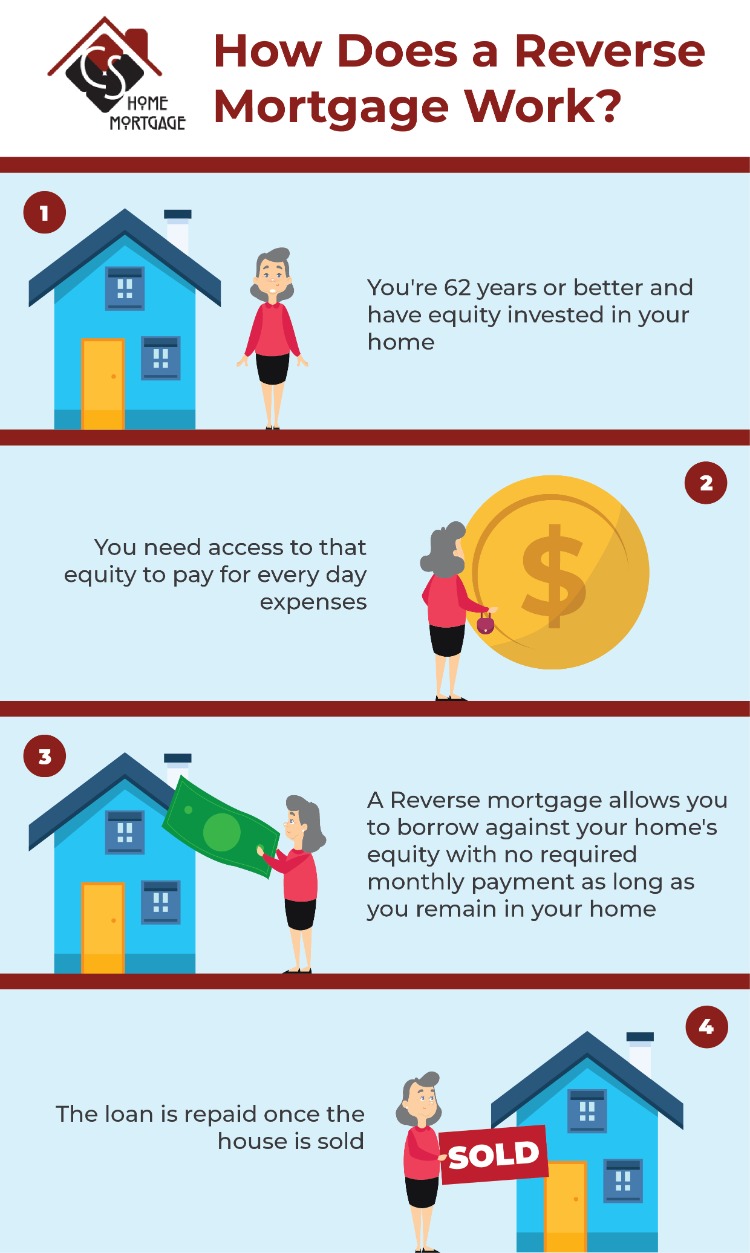A further decrease in the real estate market would have sent out ravaging ripples throughout our economy. By one estimate, the firm's actions prevented house rates from dropping an extra 25 percent, which in turn saved 3 million tasks and half a trillion dollars in economic output. The Federal Housing Administration is a government-run home mortgage insurance company.
In exchange for this defense, the company charges up-front and annual costs, the expense of which is handed down to debtors. During regular economic times, the company generally focuses on customers that require low down-payment loansnamely first time homebuyers and low- and middle-income families. Throughout market recessions (when private investors pull back, and it's tough to secure a home mortgage), lending institutions tend count on Federal Real estate Administration insurance coverage to keep home mortgage credit streaming, meaning the agency's organization tends to increase.
real estate market. The Federal Real estate Administration is expected to perform at no charge to government, using insurance fees as its sole source of revenue. In the event of a serious market recession, however, the FHA has access to an unlimited credit line with the U.S. Treasury. To date, it has actually never ever had to draw on those funds.
Today it deals with mounting losses on loans that originated as the market was in a freefall. Housing markets across the United States seem on the fix, but if that recovery slows, the company may quickly need support from taxpayers for the very first time in its history. If that were to take place, any financial backing would be a good financial investment for taxpayers.
Any assistance would total up to a tiny fraction of the company's contribution to our economy in the last few years. (We'll discuss the details of that assistance later on in this quick.) In addition, any future taxpayer help to the agency would likely be momentary. The reason: Home mortgages guaranteed by the Federal Real Estate Administration in more recent years are most likely to be a few of its most successful ever, creating surpluses as these loans grow.
Examine This Report on How Do Reverse Mortgages Work When You Die
The opportunity of federal government support has always been part of the offer between taxpayers and the Federal Real estate Administration, even though that assistance has actually never ever been required. Because its production in the 1930s, the company has actually been backed by the complete faith and credit of the U.S. government, suggesting it has complete authority to tap into a standing line of credit with the U.S.
Extending that credit isn't a bailoutit's satisfying a legal pledge. Looking back on the previous half-decade, it's in fact quite exceptional that the Federal Real estate Administration has made it this far without our aid. 5 years into a crisis that brought the whole home mortgage industry to its knees and caused extraordinary bailouts of the country's biggest banks, the firm's doors are still open for organization.
It describes the role that the Federal Housing Administration has actually had in our nascent real estate healing, provides an image of where our economy would be today without it, and sets out the threats in the agency's $1. 1 trillion insurance portfolio. Since Congress created the Federal Real estate Administration in the 1930s through the late 1990s, a government assurance for long-lasting, low-risk loanssuch as the 30-year fixed-rate mortgagehelped guarantee that mortgage credit was continually readily available for simply about any creditworthy borrower.
housing market, focusing mostly on low-wealth households and other customers who were not well-served by the personal market. In the late 1990s and early 2000s, the home loan market changed considerably. New subprime mortgage items backed by Wall Street capital emerged, a number of which contended with the standard home mortgages insured by the Federal Housing Administration.
This offered lenders the motivation to guide debtors toward higher-risk and higher-cost subprime items, even when they certified for safer FHA loans. As personal subprime lending took over the marketplace for low down-payment customers in the mid-2000s, the firm saw its market share plunge. In 2001 the Federal Real estate Administration guaranteed 14 percent of home-purchase loans; by 2005 that number had decreased to less than 3 percent.

The What States Do I Need To Be Licensed In To Sell Mortgages Diaries
The influx of new and mostly unregulated subprime loans contributed to an Great site enormous bubble in the U.S. real estate market. In 2008 the bubble burst in a flood of foreclosures, leading to a near collapse of the real estate market. Wall Street companies stopped offering capital to risky home mortgages, banks and thrifts drew back, and subprime financing basically came to a stop.
The Federal Housing Administration's financing activity then surged to fill the gap left by the faltering private home loan market. By 2009 the agency had actually taken on its biggest book of company ever, backing roughly one-third of all home-purchase loans. Because then the firm has insured a traditionally large portion of the mortgage market, and in 2011 backed roughly 40 percent of all home-purchase loans in the United States.
The company has actually backed more than 4 million home-purchase loans given that 2008 and assisted another 2. 6 million families lower their regular monthly payments by refinancing. Without the firm's insurance coverage, millions of house owners may not have actually been able to access home mortgage credit given that the housing crisis started, which would have sent out ravaging ripples throughout the http://daltontlfl171.lucialpiazzale.com/8-easy-facts-about-hawaii-reverse-mortgages-when-the-owner-dies-explained economy.
But when Moody's Analytics studied the topic in the fall of 2010, the results were shocking. According to preliminary quotes, if the Federal Housing Administration had just stopped doing service in October 2010, by the end of 2011 home loan interest rates would have more than doubled; brand-new housing building would have plunged by more than 60 percent; brand-new and existing home sales would have visited more than a 3rd; and house costs would have fallen another 25 percent below the already-low numbers seen at this point in the crisis.
economy into a double-dip economic downturn (what are the main types of mortgages). Had the Federal Real estate Administration closed its doors in October 2010, by the end of 2011, gross domestic item would have decreased by nearly 2 percent; the economy would have shed another 3 million tasks; and the unemployment rate would have increased to almost 12 percent, according to the Moody's analysis. how does bank know you have mutiple fha mortgages.
Our What Is A Large Deposit In Mortgages Diaries

" Without such credit, the timeshare cancellation housing market would have entirely shut down, taking the economy with it." In spite of a long history of guaranteeing safe and sustainable home mortgage products, the Federal Real estate Administration was still hit hard by the foreclosure crisis. The agency never guaranteed subprime loans, however the bulk of its loans did have low down payments, leaving debtors susceptible to serious drops in house costs.
These losses are the result of a higher-than-expected number of insurance claims, resulting from unprecedented levels of foreclosure during the crisis. According to current quotes from the Workplace of Management and Budget plan, loans originated between 2005 and 2009 are anticipated to lead to an impressive $27 billion in losses for the Federal Housing Administration.
Seller-financed loans were typically filled with fraud and tend to default at a much greater rate than conventional FHA-insured loans (how is the compounding period on most mortgages calculated). They made up about 19 percent of the total origination volume between 2001 and 2008 however represent 41 percent of the agency's accumulated losses on those books of organization, according to the firm's most current actuarial report.